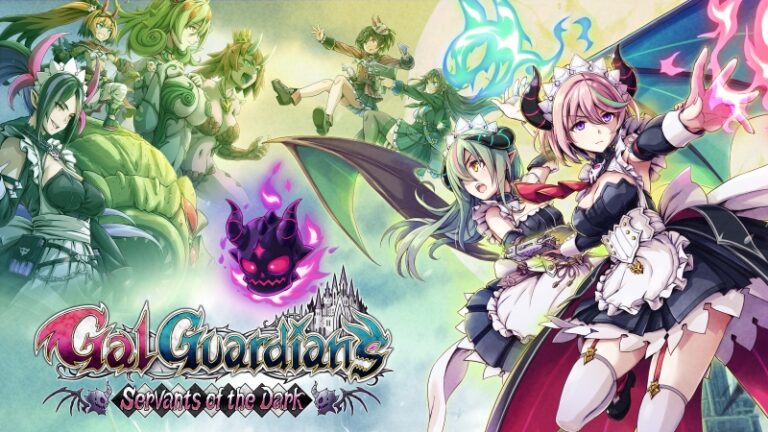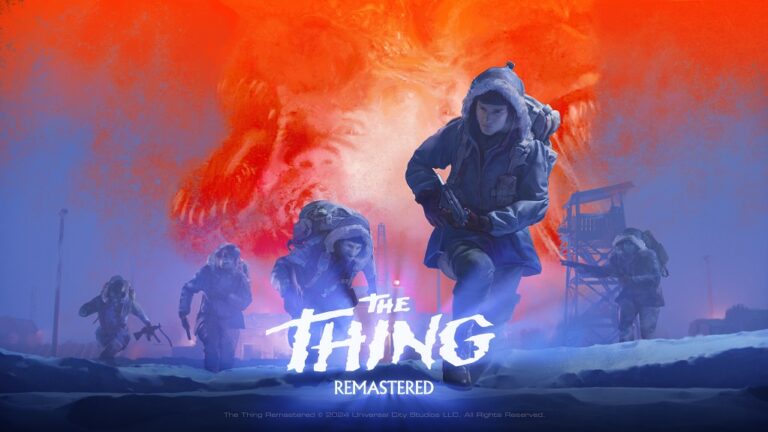
The Inner Friend is first and foremost an exercise in visual storytelling for the developer Playmind, and it is a successful exercise at that. While the production value is top notch, and plenty of creativity is put on display here, there is still the lingering question of whether or not The Inner Friend does enough to earn your money — depending on what you value most of out games will likely shape that answer.
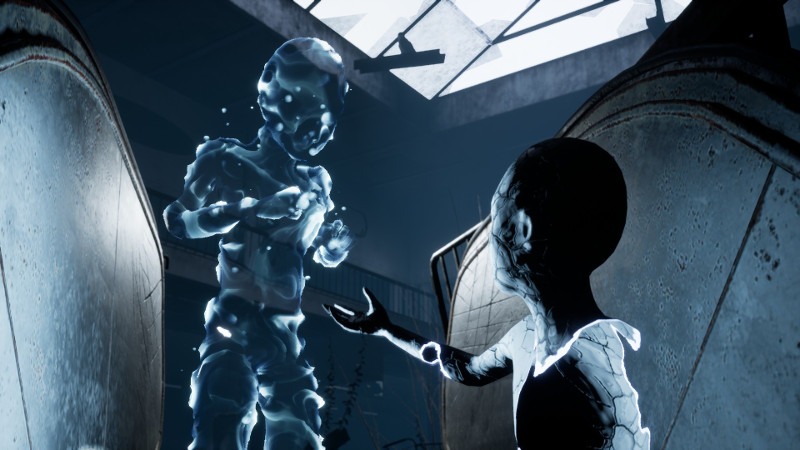
The game is set in the materialized world of the subconscious, more specifically the subconscious of the game’s lead character, who is solely referred to as the ‘Shadow.’ The player will find themselves diving into the Shadow’s inner memories, facing his traumatic memories and his greatest fears in the process.
As implied earlier, the game’s entire story is conveyed almost entirely through visual means, namely the environmental and monster designs. In fact, not a single line of dialogue is uttered for the duration of the entire game. Given the extremely hands-off approach to the writing, there is a good chance that most of what The Inner Friend has to offer in the story department will go over most people’s heads for at least the first playthrough. That being said, if you enjoy vague storytelling open to interpretation — stories that desperately want to be torn apart and studied — then The Inner Friend will likely cater to your tastes.
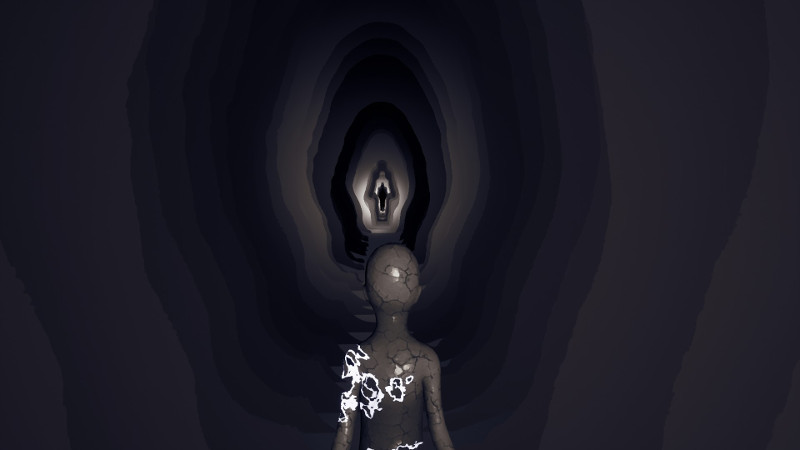
As for the world itself, every locale is unique and oozing with a strong surrealist quality, which I find myself incredibly fond of. While each world offered little to do, exploring each environment was still thoroughly enjoyable. The surrealist quality also carries over into most of the game’s monster designs as well, which can make for some truly unsettling moments. The Inner Friend isn’t particularly scary, but one of its monsters is a remarkable exception as its scene almost single-handedly makes the game worth experiencing.

Unfortunately, the same level of quality and attention give to the story wasn’t spent in the gameplay department. The Inner Friend can be classified as what many would call a ‘walking simulator,’ games with minimal gameplay mechanics in which players will often spend extended periods of time ‘walking’ from one location to the next. In the case of The Inner Friend, the long walking sequences act as an intermission between each of the game’s levels. The intent seems to generally be to immerse the player in the setting of the game’s world, but for those like me who prefer more interactive experiences, some may be turned off by this approach.
Each level features a gameplay gimmick of its own, ranging from timed platforming sequences to logic puzzles, and from stealth sequences to chases (and in some cases even more casual strolling). If you can imagine a game comprised entirely of tutorial levels for several different games, then you’ve successfully envisioned what The Inner Friend is like. All of these sequences are genuinely fun, but too often are they short-lived; just as a mechanic starts become fun, the player has already progressed to the next level, and are never to repeat it again. This is truly a shame, because if the puzzles, the platforming, and the chase sequences were recurring and were blended together throughout each level, then The Inner Friend would be a thoroughly enjoyable adventure game. To rub salt in an open wound, there is little incentive to replay the game beyond experiencing the game’s story again.
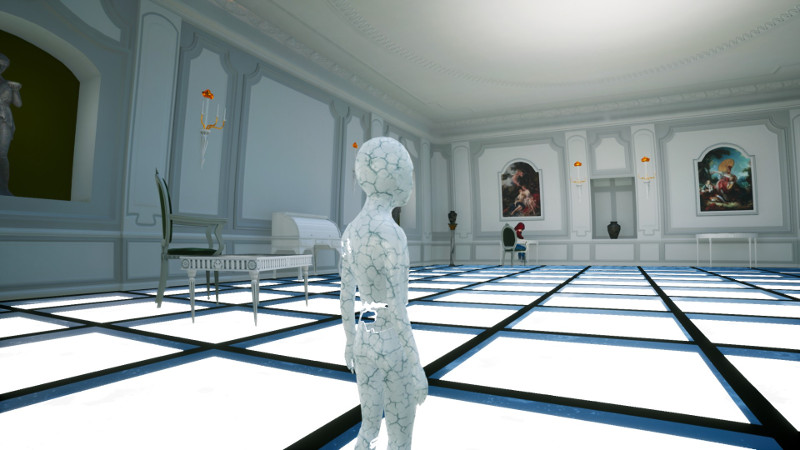
When determining the review score for this game I find myself torn. The Inner Friend feels like a skeleton of a game; a fantastic game, but without any gameplay substance it is hard to give a glowing recommendation. Unless you enjoy closely analyzing and picking apart stories, then your time with The Inner Friend will likely be extremely brief, although it is still an experience I would highly recommend many to have. If it’s in a Steam sale then give it a go.
 (7 / 10)
(7 / 10)
Good
 (7 / 10)
(7 / 10)Rely on Horror Review Score Guide
Steam review code was provided by the developer.
Disclosure: Our Editor-in-Chief briefly did PR for developer Playmind last spring, well ahead of release. This has no impact on our coverage.

 TheAveryChu
TheAveryChu